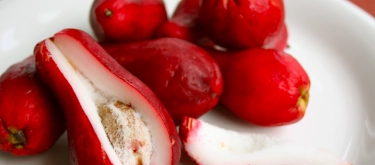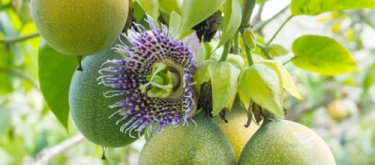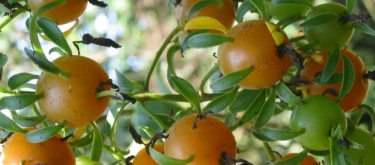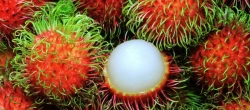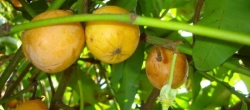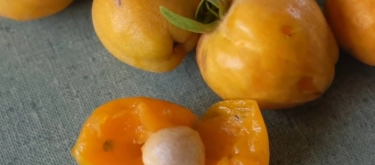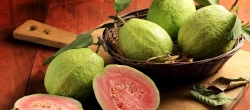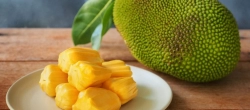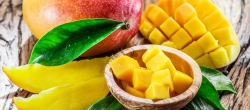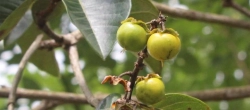Matisia cordata: Taste Profile, Aroma, Benefits and Health Risks
Matisia cordata is a tropical fruit-bearing plant native to the lush rainforests of South America. Valued traditionally by indigenous communities for its unique flavor and potential medicinal properties, its fruit has recently attracted global interest as an exotic delicacy. Though not widely cultivated commercially, Matisia cordata is celebrated in local cuisines for its intriguing taste, nutritional benefits, and versatility in culinary applications.
Matisia cordata is naturally vegan, gluten-free, and suitable for most diets. Although rare, some individuals might be sensitive to exotic tropical fruits. As with many wild-harvested fruits, always ensure proper identification and sourcing to avoid potential contaminants.
What does Matisia cordata taste like?
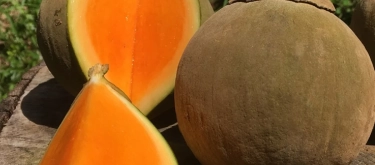
Complete Sensory Description
Taste
Matisia cordata fruit offers a mildly sweet yet tangy flavor with subtle resinous hints. Its taste combines a gentle tropical sweetness—reminiscent of ripe guava and soft citrus—with a slight tartness that enlivens the palate. A delicate underlying note of earthiness adds complexity, making its flavor both refreshing and intriguingly nuanced.
Aroma
The aroma is fresh and subtly floral with hints of tropical herbs. Delicate fruity and slightly resinous notes emerge from the skin, evoking a sense of rain-kissed forest air. The fragrance intensifies as the fruit ripens, releasing an inviting bouquet that hints at both sweetness and a faint herbal character.
Texture
The flesh of Matisia cordata is tender and juicy with a slight fibrous texture, offering a pleasant mouthfeel that is both succulent and slightly granular due to fine seed remnants. The skin is thin and smooth, contributing minimal resistance, ensuring a harmonious blend between crisp exterior and soft, luscious interior.
Appearance
The fruit is typically medium-sized with an oval or slightly rounded shape. Its skin exhibits a vibrant green that gradually shifts to a warmer yellow-green as it ripens. The interior is a creamy, pale yellow with visible small seeds scattered throughout, creating an appealing contrast that enhances its exotic presentation.
In-depth Flavor Analysis
The unique flavor profile of Matisia cordata emerges from a complex interplay of sugars, organic acids, and aromatic compounds. The fruit’s inherent sweetness comes primarily from fructose and sucrose, balanced by a gentle tartness largely due to malic acid. This equilibrium produces a flavor that is both delicate and multi-dimensional.
At the molecular level, volatile esters such as ethyl acetate and hexyl acetate contribute to its tropical and fruity aroma, while trace amounts of terpenes—particularly limonene and linalool—imbue the fruit with subtle citrus and floral nuances. Additionally, phenolic compounds and low levels of tannins introduce a slight resinous quality, giving the fruit an exotic, almost herbal undertone. Variability in flavor intensity is influenced by ripeness, environmental factors, and cultivation conditions: fruits grown in sun-drenched, warm climates tend to exhibit enhanced sweetness and concentrated aromatic oils, whereas those from cooler, shaded areas maintain a higher acid balance and more pronounced herbal freshness.
Varieties and Culinary Applications
Varieties
Although Matisia cordata is not widely commercialized, local variations exist that differ in fruit size, sweetness, and texture based on microclimates and soil conditions. Traditional growers often distinguish between fruits that are slightly more tart versus those that are exceptionally sweet, adapting their culinary uses accordingly.
Culinary Applications
- Fresh Consumption:
Enjoy Matisia cordata fruit fresh, sliced or scooped directly from the skin, to savor its unique tropical sweetness and refreshing tang. - Desserts and Salads:
Incorporate into fruit salads, sorbets, or chilled desserts, where its delicate flavor complements other tropical fruits and creamy textures. - Preserves and Sauces:
Use in jams, jellies, or chutneys after gentle cooking to soften its resinous notes, enhancing its natural sweetness while creating a complex condiment. - Beverages:
Blend the fruit into smoothies, juices, or tropical cocktails to harness its vibrant flavor and aromatic qualities, creating refreshing drinks that capture the essence of the rainforest. - Savory Dishes:
Experiment with reducing the fruit into sauces or glazes for poultry or fish dishes, where its mild tartness and subtle complexity add a unique twist.
Selection and Storage
Selecting Quality Matisia cordata
- Choose fruits that are firm yet slightly yielding to gentle pressure at the stem, indicating optimal ripeness.
- Look for vibrant, unblemished skin with a fresh, subtle aroma; avoid fruits with discoloration, excessive softness, or signs of decay.
Storage Recommendations
- Ripen at room temperature if necessary, then refrigerate at 2–4°C (35–39°F) to extend freshness for up to a week.
- For longer storage, freeze the pulp in airtight containers; this preserves both flavor and nutritional value for up to 2–3 months.
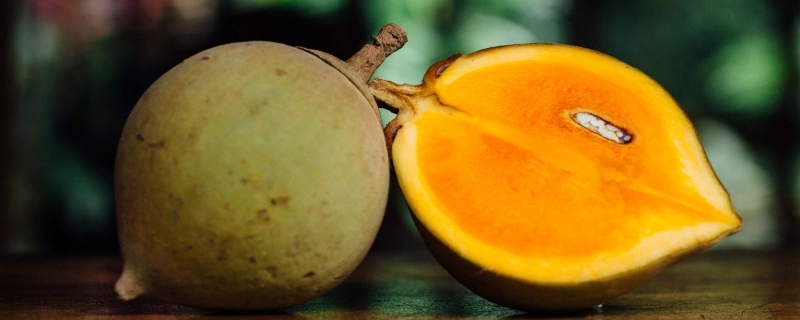
Nutritional Insights
- Vitamin C and Antioxidants:
Matisia cordata is rich in vitamin C and various antioxidants, supporting immune function, collagen synthesis, and protection against oxidative stress. - Dietary Fiber:
Its high fiber content aids digestion, promotes gut health, and contributes to satiety. - Essential Minerals:
Contains beneficial minerals like potassium, magnesium, and trace elements crucial for metabolic processes and overall vitality. - Low-Calorie, Nutrient-Dense:
Provides significant nutritional benefits with minimal calories, making it a valuable addition to balanced diets.
Expert Insights & Culinary Tips
- Optimal Consumption:
For the best flavor, consume Matisia cordata at peak ripeness when the balance between sweetness and acidity is ideal. - Flavor Pairings:
Pair with complementary tropical fruits, citrus juices, or fresh herbs like mint and basil to enhance its natural aromatic complexity. - Versatile Preparation:
Experiment with both raw and gently cooked preparations to explore its flavor dimensions; a light poach can mellow astringency while retaining vibrant fruitiness. - Processing Tips:
When making preserves or sauces, a low, slow simmer helps reduce tannin bitterness and deepens the fruit’s inherent sweetness, creating a balanced, flavorful condiment.
Interesting and Curious Facts
- Matisia cordata is native to the tropical rainforests of South America and has been traditionally used by indigenous peoples not only as a food source but also for its purported medicinal properties.
- The fruit is relatively rare in global markets, often celebrated in local cuisines and artisanal preparations for its unique taste and nutritional benefits.
- Traditional knowledge about Matisia cordata has been passed down through generations, highlighting its cultural significance and role in sustainable, local agriculture.
Harm and Dietary Considerations
- Digestive Sensitivity:
Overconsumption may lead to mild digestive discomfort due to its high fiber and organic acid content; moderation is recommended. - Allergic Reactions:
Although rare, some individuals may experience mild allergic reactions to exotic tropical fruits; always exercise caution when trying new fruits. - Toxicity Concerns:
Ensure proper identification and sourcing, as wild fruits can sometimes be confused with similar species that may contain toxins.
Religious Dietary Considerations
Matisia cordata is universally acceptable across major religious dietary traditions:
- Islam: Permissible (Halal).
- Judaism: Permissible (Kosher, Parve).
- Hinduism & Buddhism: Widely permissible and commonly used in traditional diets.
- Christianity & Other Religions: No known dietary restrictions apply.
Final Thoughts & Sensory Journey
Matisia cordata offers a unique tropical experience with its mildly sweet, tangy flavor, aromatic freshness, and succulent texture. Whether enjoyed fresh or transformed into innovative culinary creations like jams, sauces, or smoothies, its balanced flavor profile and nutritional richness provide a delightful sensory journey that bridges traditional heritage with modern gastronomy.
Resources
- McGee, H. (2004). On Food and Cooking: The Science and Lore of the Kitchen. Scribner.
- Ethnobotanical studies on South American tropical fruits (various sources).
- USDA FoodData Central (2023). Nutritional Profiles of Tropical Fruits.
